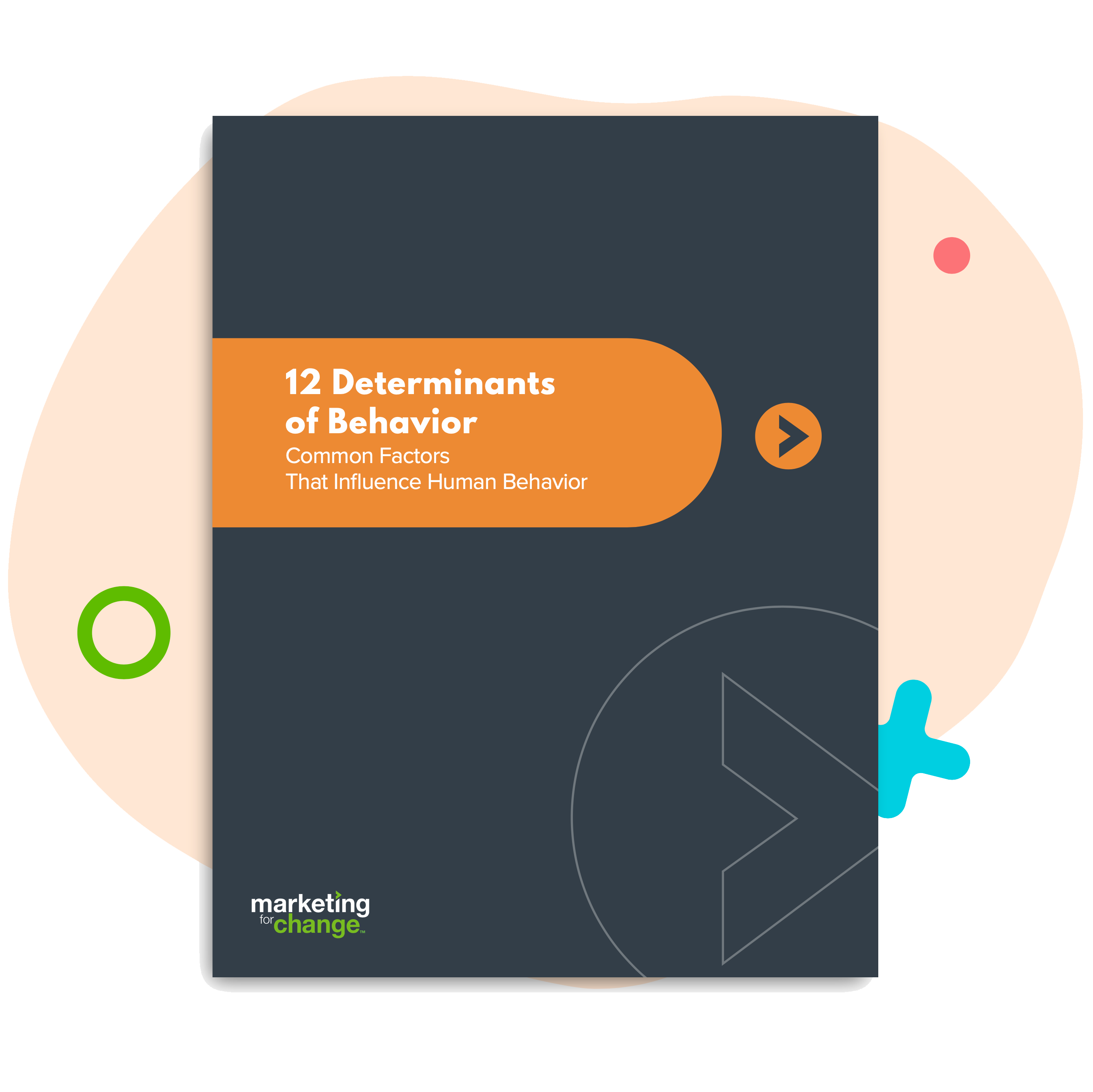
The Diet-Free Diet: Lessons for Behavior Change Marketing
I recently got a chance to have dinner with Brian Wansink. Brian is the guy who slimmed down Google, tricked school kids into choosing fruit instead of cookies, and designed the famous Bottomless Soup Bowl Study. He is the former Executive Director of the USDA’s Center for Nutrition Policy and Promotion and currently runs the Food and Brand Lab at Cornell University.
I wondered if he’d be one of those hyper-healthy picky eaters who can’t find anything acceptable on a menu. Clearly, I don’t watch enough TV. Brian, it turns out, likes food. A consumer psychologist who studies how and why we eat what we eat – and what particular habits make people slim or fat – his first choice for dining out that night was French, and he mentioned fast food as an option. Instead, we ended up at a farm-to-table eatery in Winter Park, Fla., where he happily dove into several shared appetizers that included rabbit, sashimi, and a whipped potato dish with the consistency of butter (which may have been the main ingredient, along with truffle oil).
Brian doesn’t spend his time blaming people for being fat or systems for creating obesity. Nor does he talk all that much about what foods to eat. Instead, Brian focuses on helping people set themselves up for success. His is the ultimate guilt-free diet, and behavior change marketers can learn a lot from his approach.
Lots of factors go into our “obesogenic foodscape.” Studies have found that willpower is a finite resource that is depleted throughout the day, yet high quantities of high-calorie food tempt us virtually everywhere we turn. Meanwhile, as serving sizes have ballooned – an 8 oz soda bottle morphing into a “standard” 12 oz can and then Gulps, Super Big Gulps, and even 50 oz Double Gulps – unit bias encourages us to eat or drink all of whatever quantity is presented to us as a “serving.”
In his book Slim by Design and the website by the same name, Brian shows people how to turn some of these built-in environmental triggers to our advantage. Just by changing the size of our plates, the location of our snack cupboards, and the timing of our salad consumption (before instead of after the main course), we can trick ourselves into consuming less calories and healthier foods. (Marketing for Change employed some of these types of environmental cues in the Good. To Go. campaign we helped design for The Health Trust in San Jose, Calif.)
The day after I met him for dinner, Brian spoke at an event run by Healthy Central Florida, an organization run by my friend Jill Hamilton Buss. In a high-energy talk, Brian listed out the many ways that easy, low- or no-cost environmental changes can improve what and how much people eat. Putting fruit in a nice, well-lit bowl at the front of the school lunch line increases fruit consumption by 103%. Downsizing from a 12-inch to a 10-inch dinner plate leads people to serve and eat 22% less. It’s also good to avoid foods with low-fat labels, because they make people eat 16-23% more total calories.
But during the Q&A that followed his talk, the most passionate question came from a woman who wanted to know: what was Brian’s position on Lunchables?
As a veteran of the elementary school Junk Food Wars, I empathized with the woman’s angst. But given all that Brain had just laid out about the importance of engineering the environment, rather than prescribing the diet, his answer shouldn’t have been surprising.
Turns out at one point he’d ended up with a bunch of Lunchables at the lab for one project or another, and eventually ended up eating some of them. And he liked them rather a lot.

Sara Isaac is Chief Strategist at Marketing for Change.






